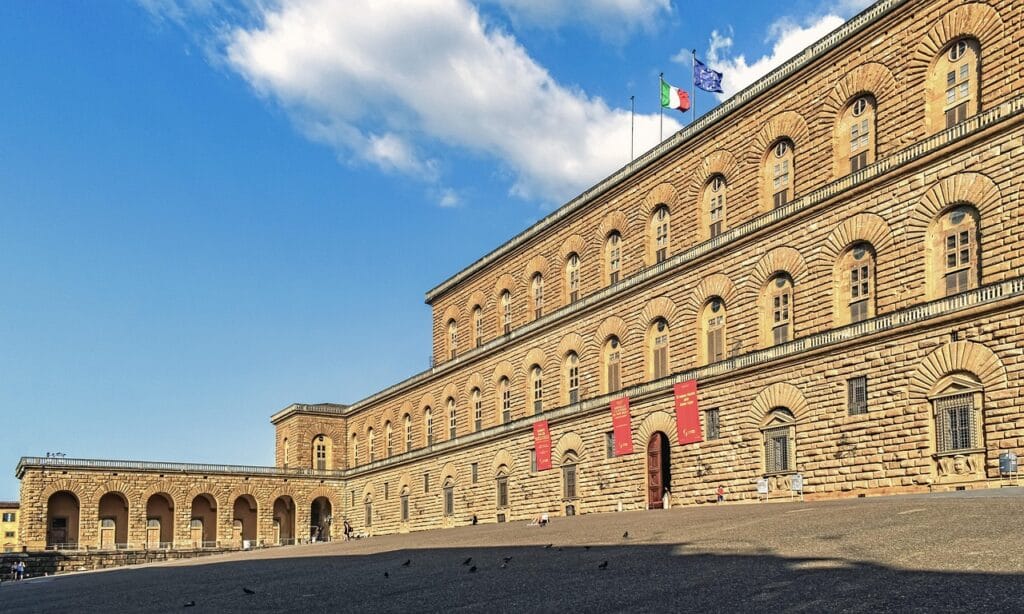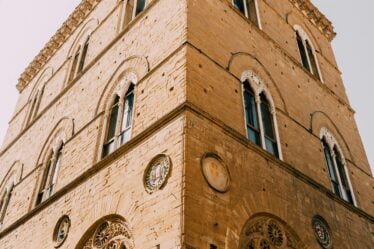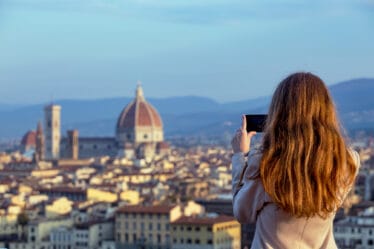

A Revolutionary Renaissance Masterpiece
In the heart of the Renaissance, among solemn frescoes and monumental domes, Raphael made a revolutionary gesture: he abandoned grandeur to tell an intimate story. This is how, around 1513, “The Eternal Circle of Love” was born—a small painting in size but immense in emotion. Today, this masterpiece, known as the “Madonna della Seggiola”, is preserved at Palazzo Pitti in Florence, cherished like a relic of human sentiment.
A Circle That Becomes an Embrace
From the very first glance, “The Eternal Circle of Love” captures attention with its unique shape: a tondo. This circular format is not just a decorative choice; it’s an embrace, a visual womb cradling Mary and Jesus like a protective nest. The curves are not only harmonious—they are alive. Each line gently guides the viewer’s gaze towards the emotional heart of the composition: the Madonna’s tender and deeply human gaze as she holds her child with disarming naturalness.
Where Art Becomes Flesh and Warmth
Moreover, “The Eternal Circle of Love” is where art becomes flesh, gesture, and warmth. Gone are the days of impassive and inaccessible sacred figures. This Madonna has the soft flesh of a real mother, her face illuminated by a look full of love and silent thought. Through her, Raphael does not merely portray Mary—he depicts maternity itself, that universal bond everyone has known or longed for.
The Child Saint and the Universal Message
Next to her stands little Saint John the Baptist, the future preacher, gazing at Jesus with the simple, pure adoration of a child. This detail makes the scene even more realistic, more relatable, more ours.
The Mystery Behind the Model
But who was this woman, really? Legend tells us that while passing through Velletri, Raphael saw a peasant woman sitting on a chair, rocking her child with such sweetness that it struck him deeply. Others suggest she was the daughter of a local winemaker—or perhaps, as many romantics like to believe, his eternal muse, the Fornarina, returning to the canvas disguised as Mary.
A Timeless Whisper of Love
Whatever the truth, “The Eternal Circle of Love” continues to challenge us today. It invites us to believe that the divine and the human can truly blend into a single gaze. This painting doesn’t need golden halos or sacred inscriptions to touch the soul.
Instead, it is a simple everyday gesture transformed into poetry. It’s a moment that all of us, across centuries and cultures, recognize. In silent beauty, “The Eternal Circle of Love” whispers to us that true love is round, enveloping, and eternal—just like this unforgettable painting.



